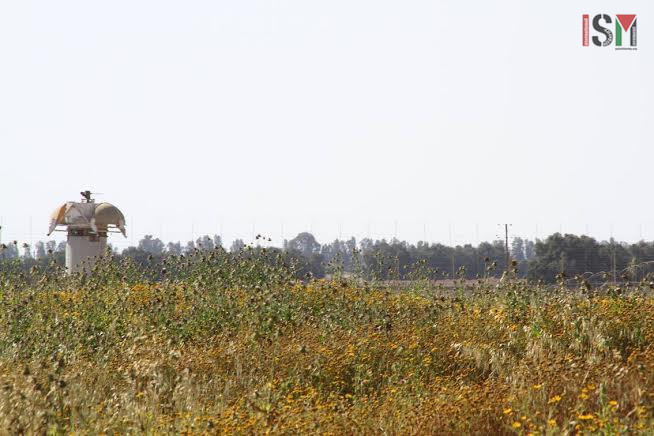Tag: Buffer Zone
-
Funeral for yet another martyr in Gaza
23rd October 2015 | International Solidarity Movement, Gaza team | Gaza Strip, occupied Palestine Thousands of persons attended the funeral of Ahmad Serhe, 27 years old, in Deir El Balah on 21st October 2015. He was killed the day before in Bureij by an Israeli sniper.
-
Gaza – a bloody Friday
9th October 2015 | International Solidarity Movement, Gaza team | Gaza, occupied Palestine UPDATE – 8pm: 8 martyrs and close to 100 persons injured at today’s demonstration in Shijaia ******* UPDATE – as of 6 pm today: From Osama al Jaro, Public Relations head at Al-Shifa hospital in Gaza: 6 dead, 60 injured, 11 injured…
-
VIDEO: Israel forces once again open fire at Palestinian farmers in Gaza
3rd April, 2015 | Miguel Hernández | Khuza’a, Gaza, Occupied Palestine As soon as we arrived at the land where the farmers wanted to work, about 80 meters from the zionist fence which borders and cuts of the Gaza Strip, an Israeli occupation military jeep stopped in front of us. A group of soldiers left the car and started shooting…



